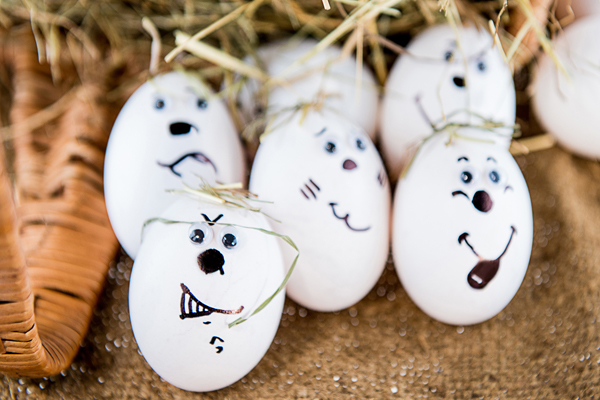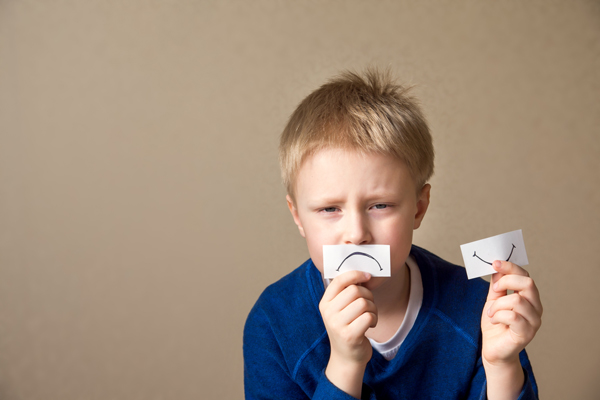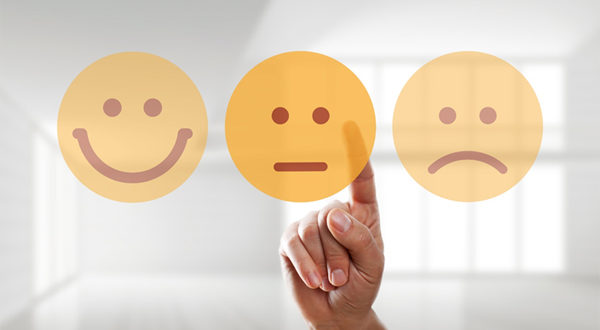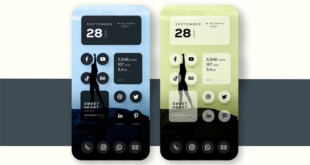Mood and Creativity – What’s the Connection?
If you are working in the creative design industry, then you probably already know that mood and creativity are correlated somehow. It doesn’t just end with your gut feeling. Multiple studies have put the creative process under the microscope by exposing subjects to mood-altering scenarios.
The only mood we’ve been able to connect with creativity in the past was the negative one. We all remember artists who went through tough times for all sorts of reasons – the death of a loved one, poverty, and so on.
Positive moods directly impact creativity. They can spark creativity just as well as negative thoughts. Keep reading to learn how mood can affect your creative design process.
How Mood Affects Creativity
It appears that the interest in the mood–creativity connection spiked in the 2000s. Two renowned researchers, John Kounios and Mark Beeman, wanted to see how stand-up comedy affects the creative output.
One group of participants watched stand-up comedy performed by Robin Williams, while the other two groups of subjects watched scary movies and boring videos.
The findings were extraordinary. The subjects that watched Robin Williams experienced more epiphanies than those who watched boring and scary videos combined.
Creativity is not the only thing that’s under the influence of our mood. All the feelings that we experience and interpret affect everything that we do. Our mood affects how we see and value the world, but also ourselves. How we feel will also affect how we interact with people in our lives.
A negative mood can boost your creative process in some cases. However, it can also rob you of any extra energy, and take just enough of your self-worth to kill your will to work.
Negative mood is also characterized by the things that bother us being at the very center of our attention. This can prove quite fatal when you need to stay focused on a project.
Happiness is not going to remain your best friend! After all, in its essence, happiness is a feeling. As such, it also changes our perceptions of the world and ourselves. When we are happy, we don’t pay attention to the things that usually bring us down. But, happiness doesn’t always translate into productivity and creativity. It can steer us away from a project, put rose-tinted glasses on us, and make us daydream.
A similar study from 2010 wanted to assess the effect video of laughing babies, and Mozart’s music has on subjects. Surprisingly, both groups of subjects were better at recognizing patterns after being exposed to video and music.
In another study, subjects were asked to guess whether different words share a remote associate or not. Their results improved by a mile after they were asked to think about happy moments in their lives.

What’s Behind the Mood? – Creativity Connection
We can’t leave things unexplained at the level of cause and effect. So, what could explain the connection between mood and creativity? When people are in a good mood, their brain waves are different.
Their brains are more relaxed. This relaxed state allows neural networks to form more efficiently. The more neural networks we have access, the better we think. This also helps us come with better and innovative ideas.
If you doubt this, remember Archimedes. He managed to come up with a method for determining the volume of an object that has an irregular shape. When and how? At the very moment, he was entering his bathtub. Taking a batch will not only refresh you but also improve your thinking process.
When we take a mindful look back to the history of science, we can see that there are many creative breakthroughs during the moments of complete relaxation.
This raises a question – Is only a good mood responsible for better creative output? Perhaps negative mood has an impact on the creative process as well?
Negative Moods Also Boost Creativity
The researcher at the University of New South Wales, Joe Forgas, was mesmerized by the mood–creativity connection. He spent months upon months trying to shine some light on this encaptivating mystery.
But he was more oriented towards negative moods. His extensive research tells us that there is a strong link between negative moods and creativity.
He found that negative moods, such as a feeling of sorrow, have an indirect positive effect on creativity. In fact, the feeling of sorrow significantly improves attention. Artists with boosted attention tend to be more thoughtful during the creative process. This explains why their works are unique and attractive.
In one of his studies, subjects had to watch movies about death and cancer. Then they had to write under the induced state of sadness. The results? Their writing significantly improved.

How Positive Mood Enables Your Brain to Think More Creatively?
What did you last time when your creative design process hit a wall? Did you watch funny videos on YouTube or Instagram? If you did, then you did the right thing even without knowing it.
Creative thinking comes as an aftermath of a good mood. The researchers have found that positive or good mood improved flexible thinking and creative problem-solving skills.
One of many studies where students were subjects, researchers affected their mood by exposing them to music and video clips. The good mood leads to better category learning task results. Students were able to classify sets of pictures with visually intricate patterns more accurately and faster.
This leads us to the conclusion that funny videos can be leveraged in the creative design process. For instance, if a project at hand requires you to deliver something brand new and to be innovative, funny videos might be of help. Also, if your design has an aspect that needs problem-solving, funny videos can help you do that.
Please, bear in mind that we are not talking about extreme moods here. Experiencing euphoria, mania, or clinical depression is not comfortable at all, let alone trying to focus on creativity.
If you find your feelings too strong to put under control, give yourself a break. Do something that you find relaxing. The work will still be there once you are finished.

Conclusion
If we look at the moods as the sources of informative effects, the connection between moods and creative design process becomes easier to understand. If you work in the field of creative designing services, you should know that both positive and negative moods have a positive effect on creativity.
But depending on the specificity of graphic design services you provide, you should know that the positive effects are not the same. A negative mood can help you identify where the design can be improved and motivate you to start your project.
However, a positive mood can help you create something unique and beautiful from scratch.
 CoalesceIdeas Web and graphic design ideas for inspiration
CoalesceIdeas Web and graphic design ideas for inspiration




